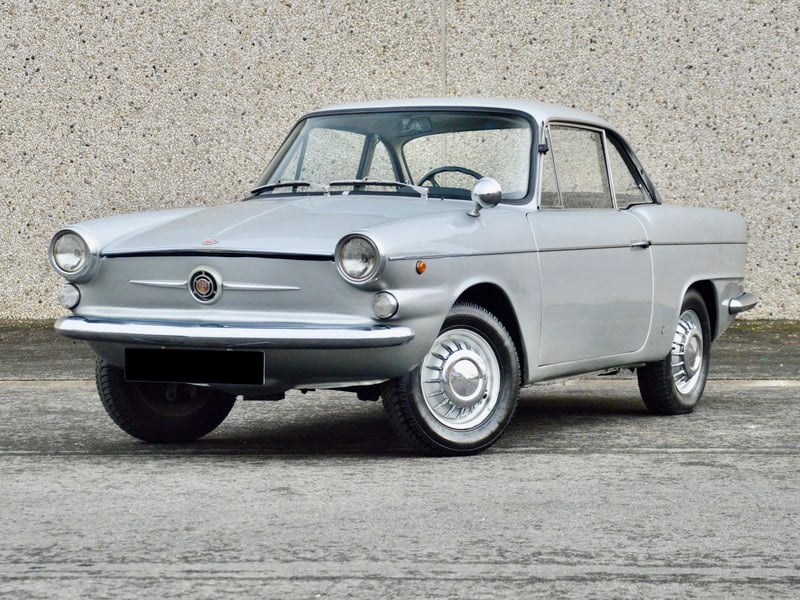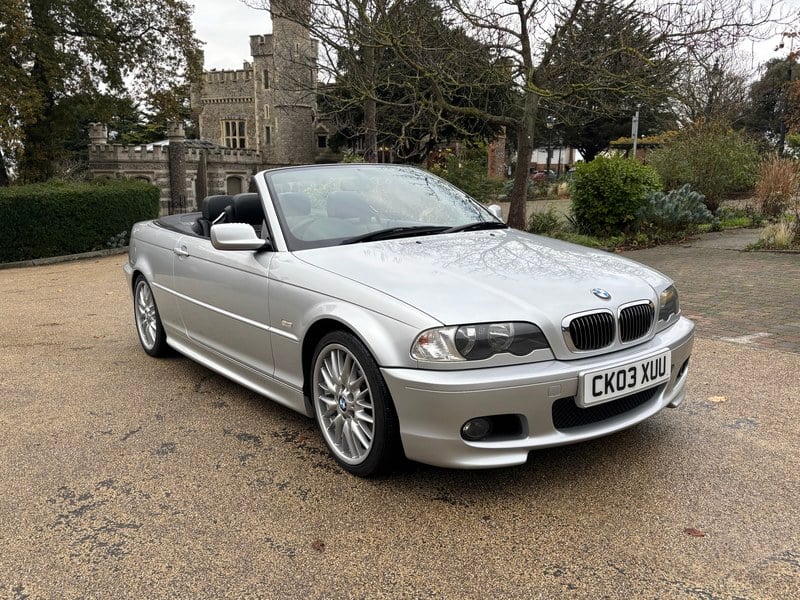Description
A renowned engineer and racing driver, Donald Healey made his debut as a manufacturer in 1948 with a coupé (Elliot) and a roadster (Westland) powered by a 2. 4-litre Riley engine. This was followed in 1951 by the Nash-Healey, a roadster powered by a six-cylinder engine (of which only 253 were built). But Donald Healey's dream was to build a high-performance roadster at an affordable price, which would ensure its wider distribution.
The great adventure began in 1952 at the London Motor Show, where the Healey 100 was one of the stars of the show. Designed by Gerry Coker and built by Ticford, this prototype borrowed its engine from the Austin A 90. Donald Healey soon signed an agreement with the British Motor Corporation, and the car became the Austin Healey. Equipped with a 2663 cm3 four-cylinder engine developing 90 bhp, the model (BN1 series) was essentially designed for export. In August 1954, a sporty version with 4 disc brakes appeared, the 100-S, whose 132 bhp were obtained thanks to a cylinder head prepared at Westlake. The Austin Healey 100 also underwent its first evolution in 1955 (BN2 series) with the adoption of the Morris Minor rear axle and a four-speed gearbox. A more powerful variant, the 100 M, saw its engine increased to 110 bhp. The following year marked a turning point in the evolution of the Austin Healey with the appearance of the first six-cylinder model: the 100 Six (BN4 series), whose 2, 639 cm3 (102 bhp) engine was based on the Austin A-105 Westminster. Its elongated body made it a 2+2. A variant of its predecessor, the 100 Six BN6 series returned to a two-seater body in 1958. At the same time, the engine received a boost (117 bhp) thanks to a new cylinder head and SU HD6 carburettors.





























